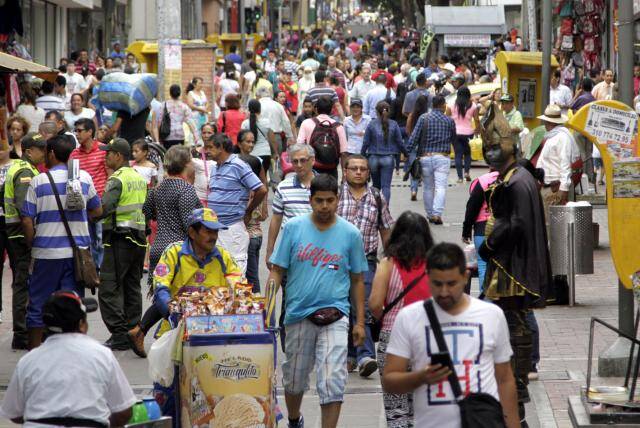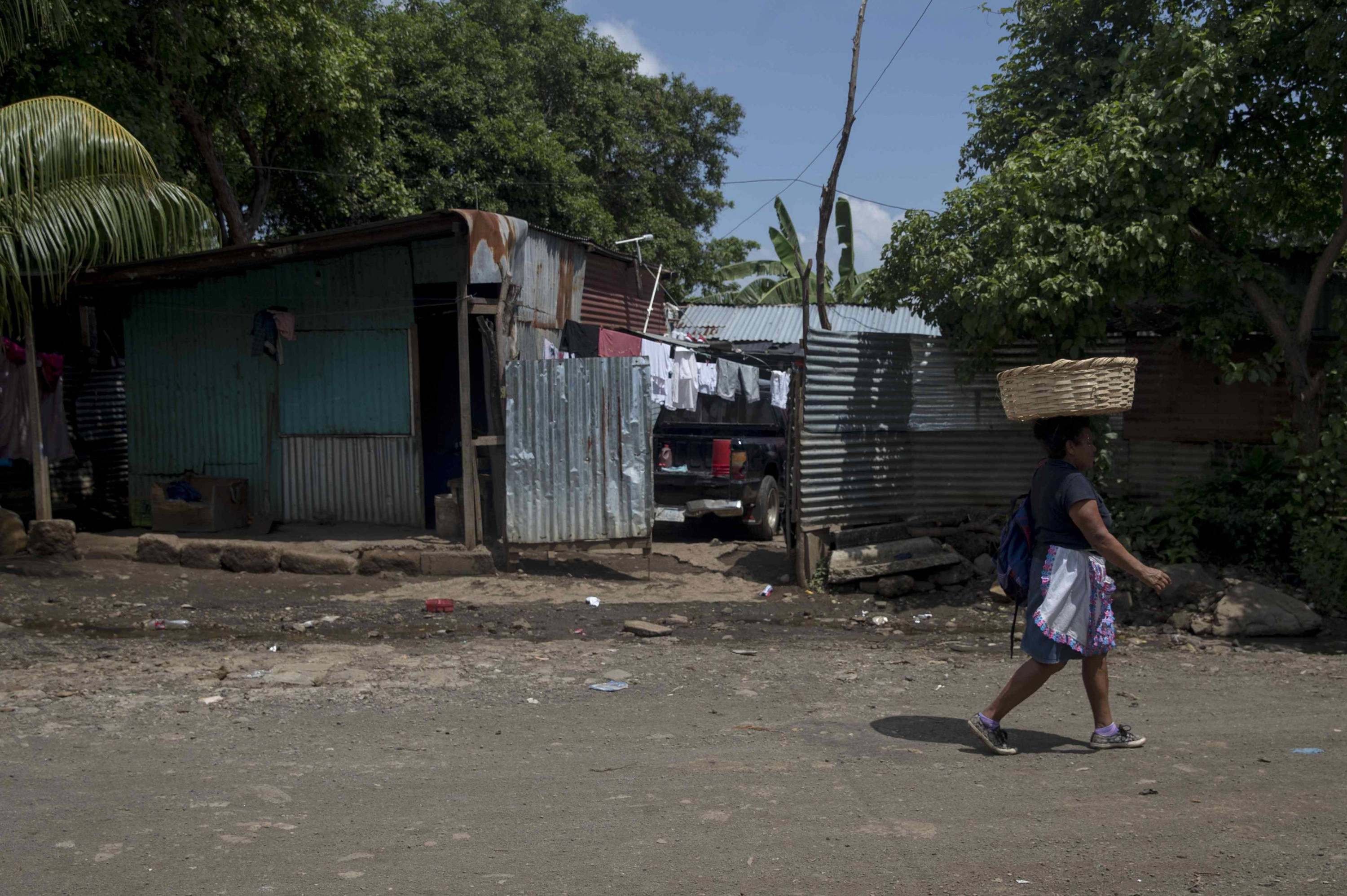Colombian households are increasingly smaller and with more women at the head.

Five years ago, Colombia surpassed the 50 million mark for the first time. Since then, the country's population has changed significantly. It's aging, with fewer births; more households, almost half headed by women; and more people living alone.
In total, according to the latest Quality of Life Survey released yesterday by the National Administrative Department of Statistics (DANE), the number of people living in the country now exceeds 52.8 million . Of these, 40.4 million live in the capital cities and 12.3 million in populated and rural centers.

There are 52.8 million people living in the country. Photo: EL TIEMPO
All of them live in 12.8 million households, an increase from 17.9 million in 2023. However, their size has been decreasing year after year. In 2024, the average number of people per household was 2.86, a figure lower than the 2.90 percent in 2023 and the 2.95 percent in 2022.
"These figures reflect the demographic transition the country is experiencing," said Piedad Urdinola, director of Dane.
While the largest proportion of households are two-parent (51.6 percent), that is, those made up of a mother and a mother, with or without children, the number of single-person households, that is, those in which only one person lives, is increasing the most year after year.
These have been growing gradually for six consecutive years. While they represented 17 percent in 2019, they currently account for 19.8 percent, an increase of 2.8 percentage points. In the last year alone, their proportion increased by 0.7 percentage points. Likewise, the number of single-parent households (made up of a mother or father with children) is also growing, reaching 24.3 percent.
While the departments with the largest average household size are Vaupés (3.53 people), Atlántico (3.52) and Magdalena (3.38), followed by Sucre (3.33), Bolívar (3.22) and Norte de Santander (3.18), those with the lowest number of people in each dwelling are Putumayo (2.36), Arauca (2.50), Cauca (2.55) and Bogotá (2.60). In general, it is noteworthy that the former have a higher proportion of two-parent households and the latter have the highest rates of single-person households.
The increase in female-headed households in recent years is also noteworthy. In 2024, the proportion reached 46.5 percent, representing an increase of 1.1 points compared to 45.4 percent in 2023 and 2.3 points compared to 44.2 percent in 2022.
Specifically, La Guajira, Magdalena, and Arauca are the departments with levels above 50 percent.
The results also reveal that in the majority of female-headed households, the heads of household do not have a partner or spouse (68.8 percent), which contrasts with male-headed households, where less than a third of the heads (31.4 percent) do not live with a partner.

Female leadership is increasingly prevalent. Photo: iStock
Additionally, according to the Quality of Life Survey, in Colombia the number of people who rent (40.4 percent) is increasing compared to those who own (39.6 percent).
By department, the highest percentage of households living in their own homes is in Chocó (64.7 percent), followed by Boyacá and Atlántico. However, at the extreme end are Guainía, Vichada, and Vaupés, where less than a fifth of the population lives in their own homes.
Furthermore, it highlights that 26.8 percent of households experienced a housing deficit in 2024, which is lower than the 28.9 percent figure the previous year. This includes both quantitative deficits (structural or spatial conditions) and qualitative deficits (aspects susceptible to improvement). The former registered a level of 20 percent, and the latter, 6.8 percent.
The Orinoquia-Amazon region (with the exception of Arauca and Casanare), along with Chocó and San Andrés, continues to have the highest percentages of households living in substandard housing.
For its part, Bogotá continues to have the lowest proportion of households living in homes with a housing shortage (7.2 percent) , followed by Valle, Cundinamarca and Quindío.
Furthermore, it is noteworthy that of the 4.1 million rural households, 9.6 percent reported having experienced climatic events (floods, overflows, rising waters, streams, droughts, storms, or gales) that affected the life of a household member.
In 2024, there was also greater environmental awareness among Colombian households. In just one year, more people reported turning off the lights (90.0%), reusing water (42.5%) , and using a low-flow toilet (40.9%).

26.8 percent of households had a housing shortage in 2024. Photo: Jorge Torres. Efe
Regarding health, according to the survey, 96.5 percent of people reported being affiliated with the General Social Security Health System, a level 0.6 percentage points higher than the 2023 indicator. Of this group, 55.0 percent were enrolled in the subsidized system and 44.8 percent in the contributory system.
Although enrollment levels are high, regional differences are observed. For example, 74.6 percent of enrollees in Bogotá are covered by the contributory system, a percentage that drops to 59.5 percent in Cundinamarca and 58.3 percent in Antioquia. These pesos contrast with those obtained in places like Vichada, Chocó, and Guainía, where more than 90 percent of the population accesses the system through the subsidized system.
Meanwhile, 49.1 percent of people between the ages of 17 and 21 attended a formal educational institution in 2024. Regarding early childhood, 38.7 percent of children under five spent most of their time during the week in community homes, kindergartens, development centers, or schools.
eltiempo





